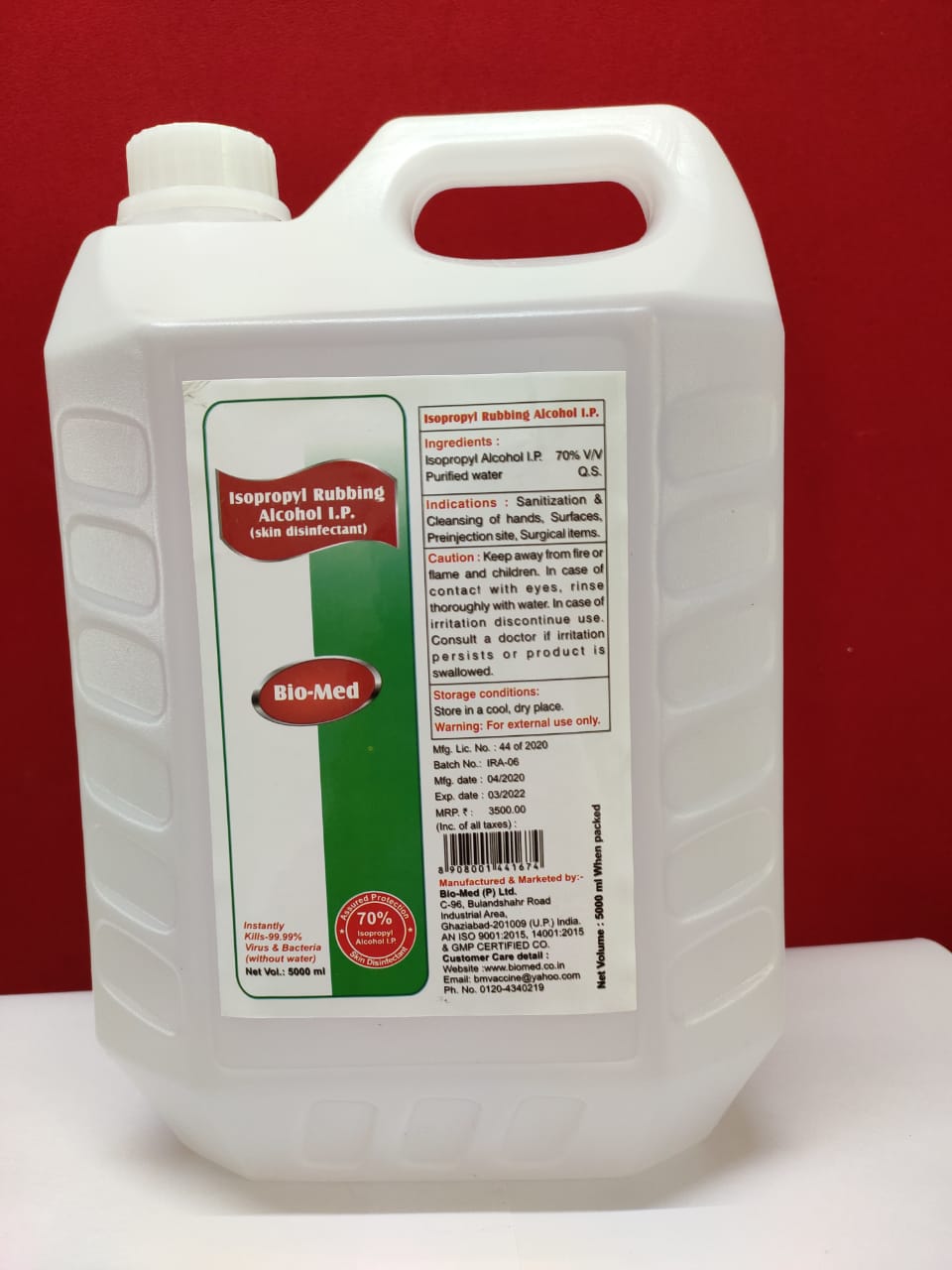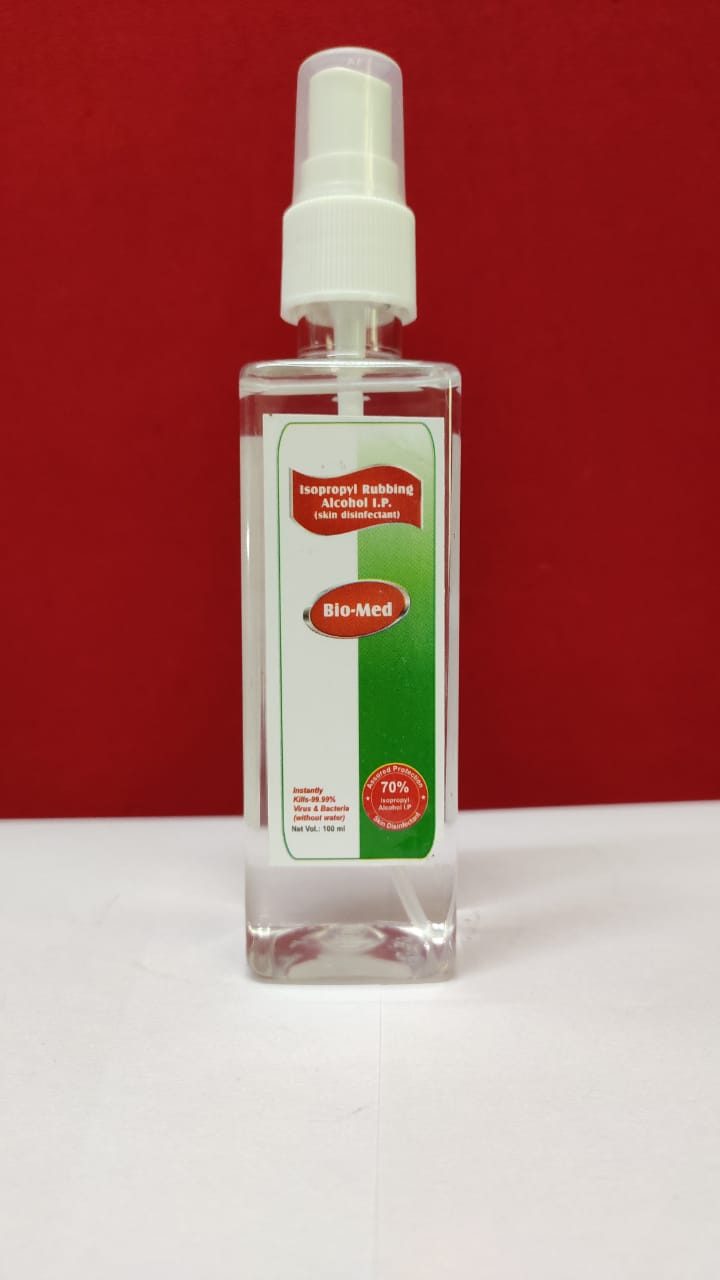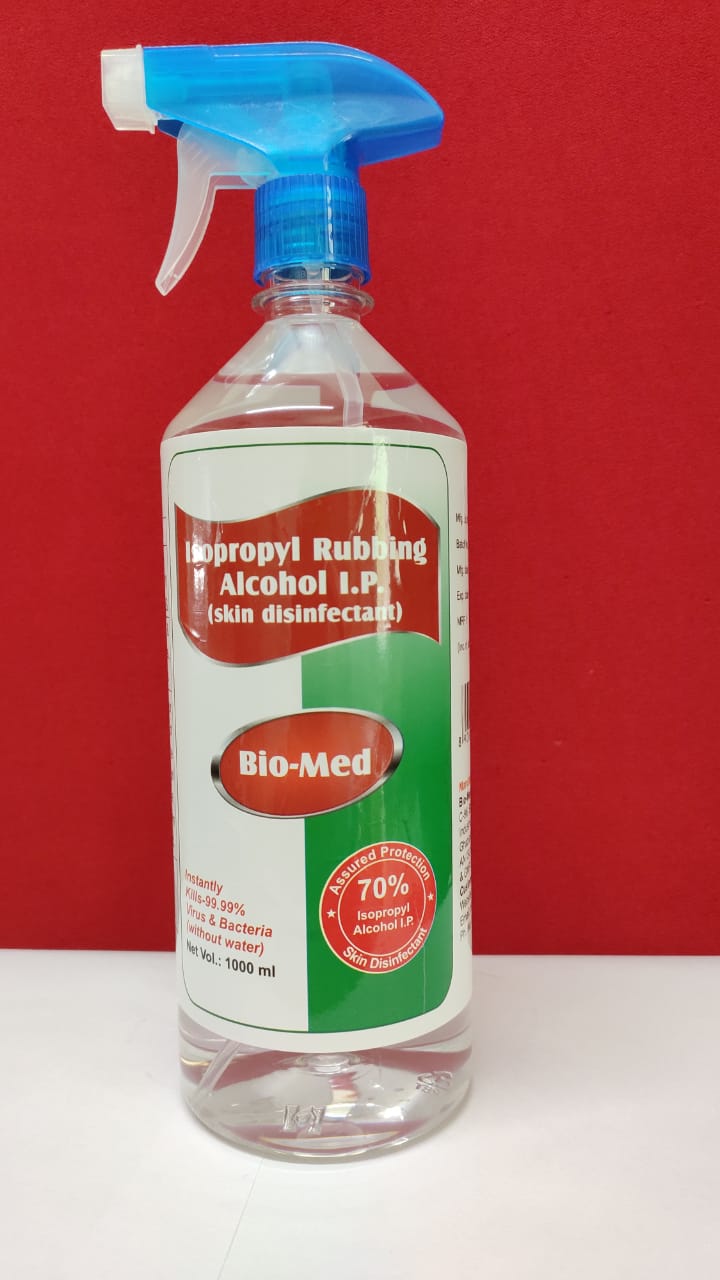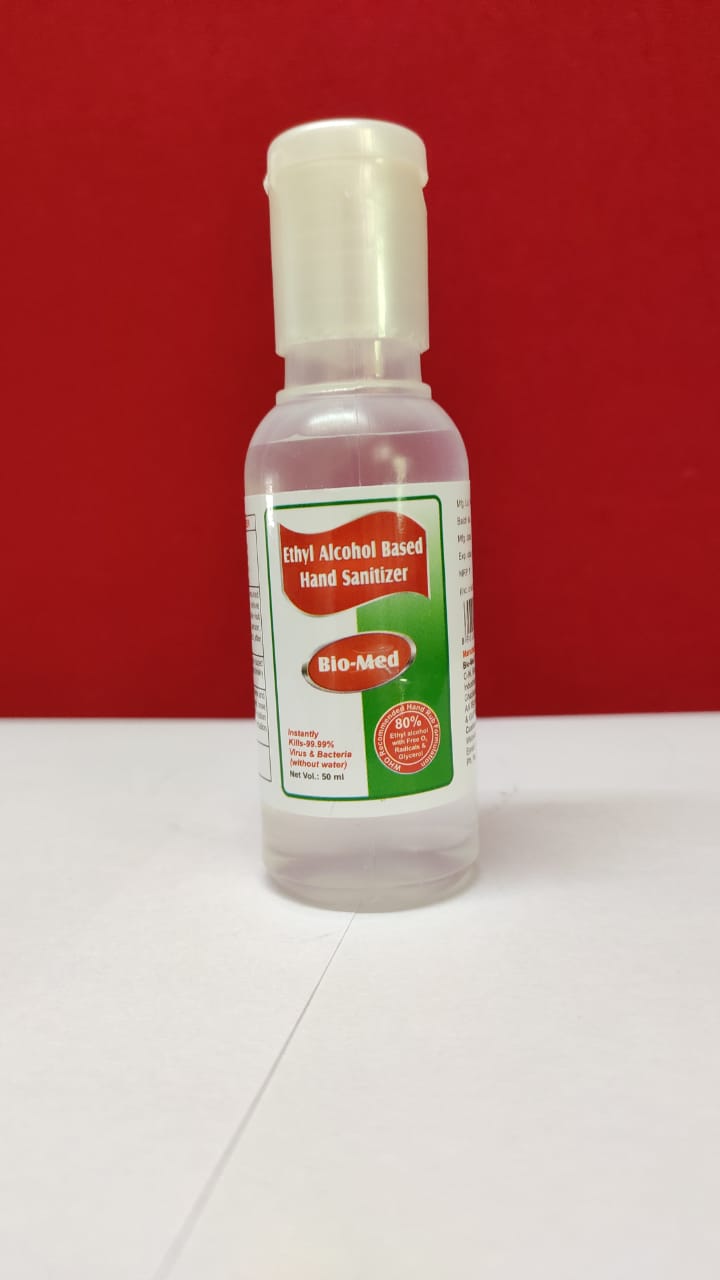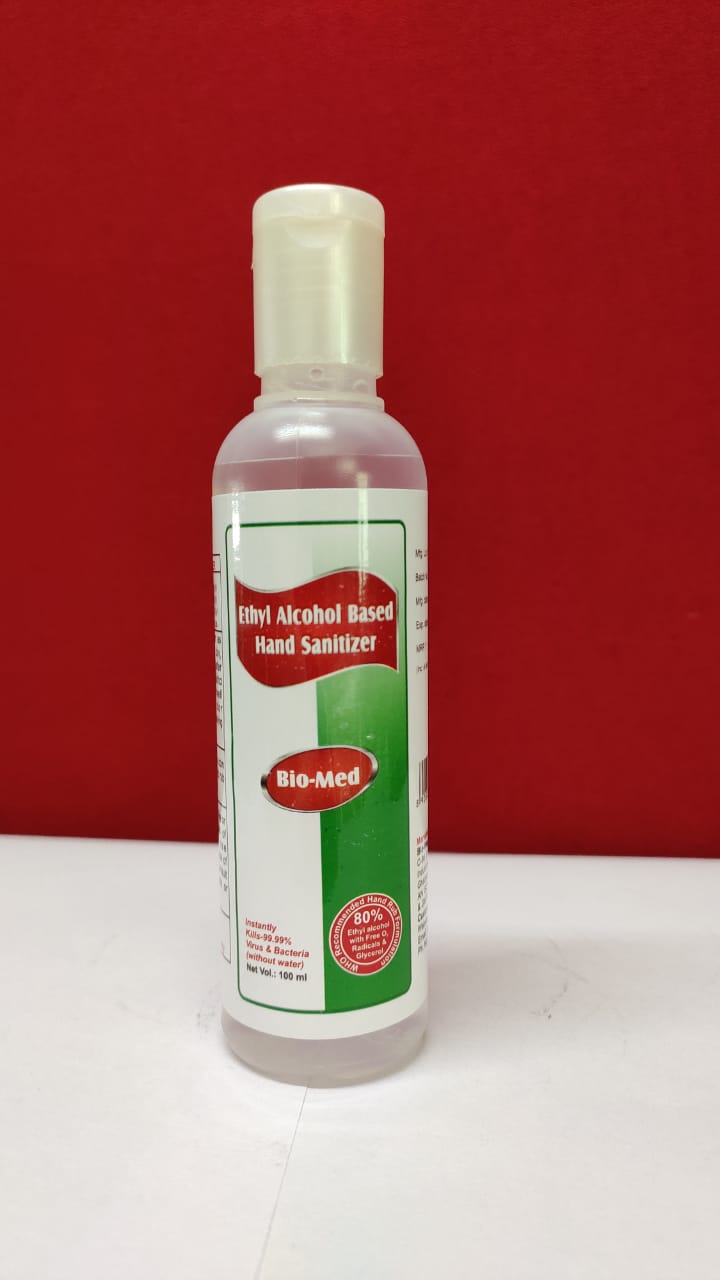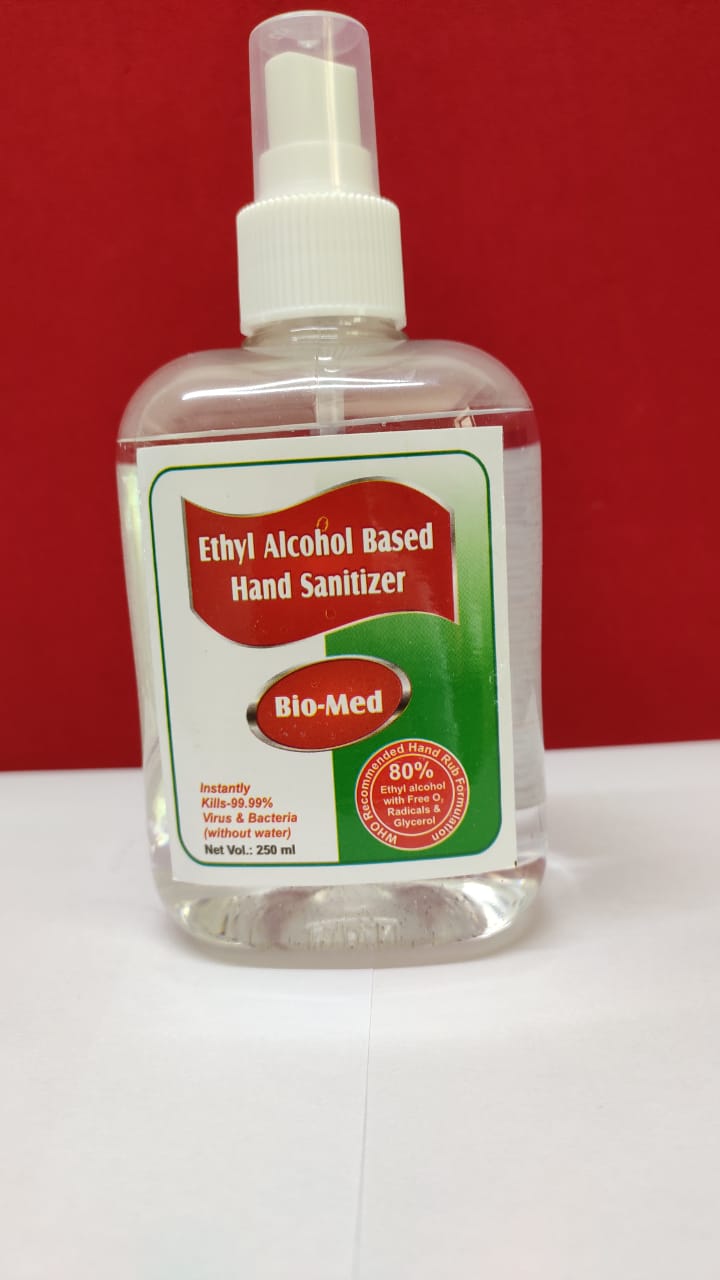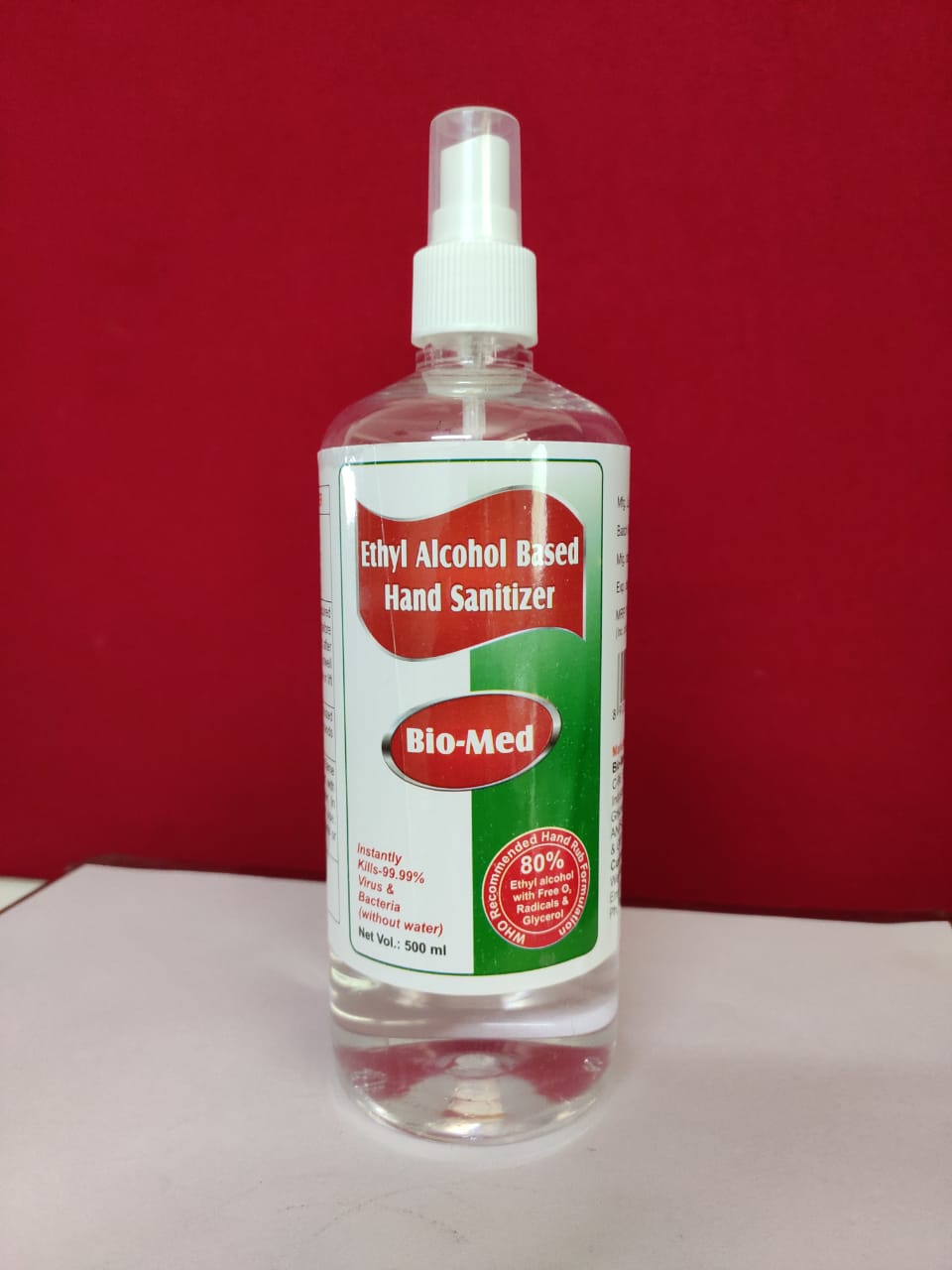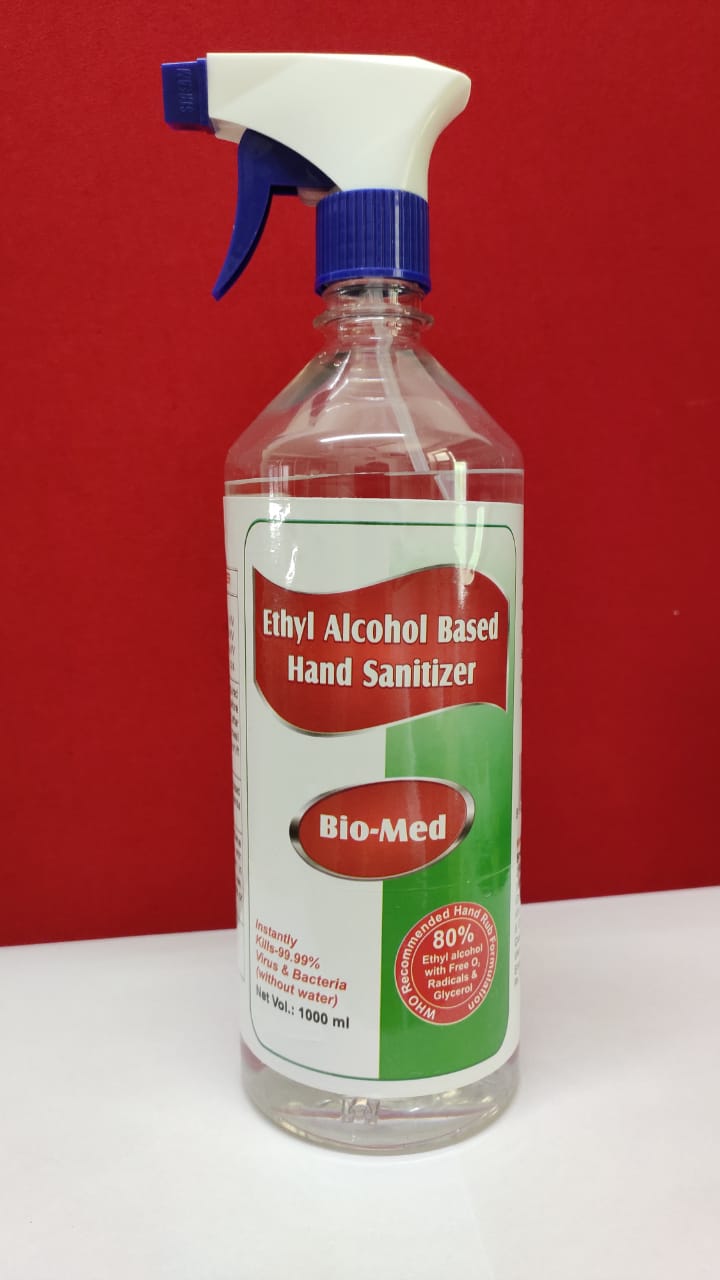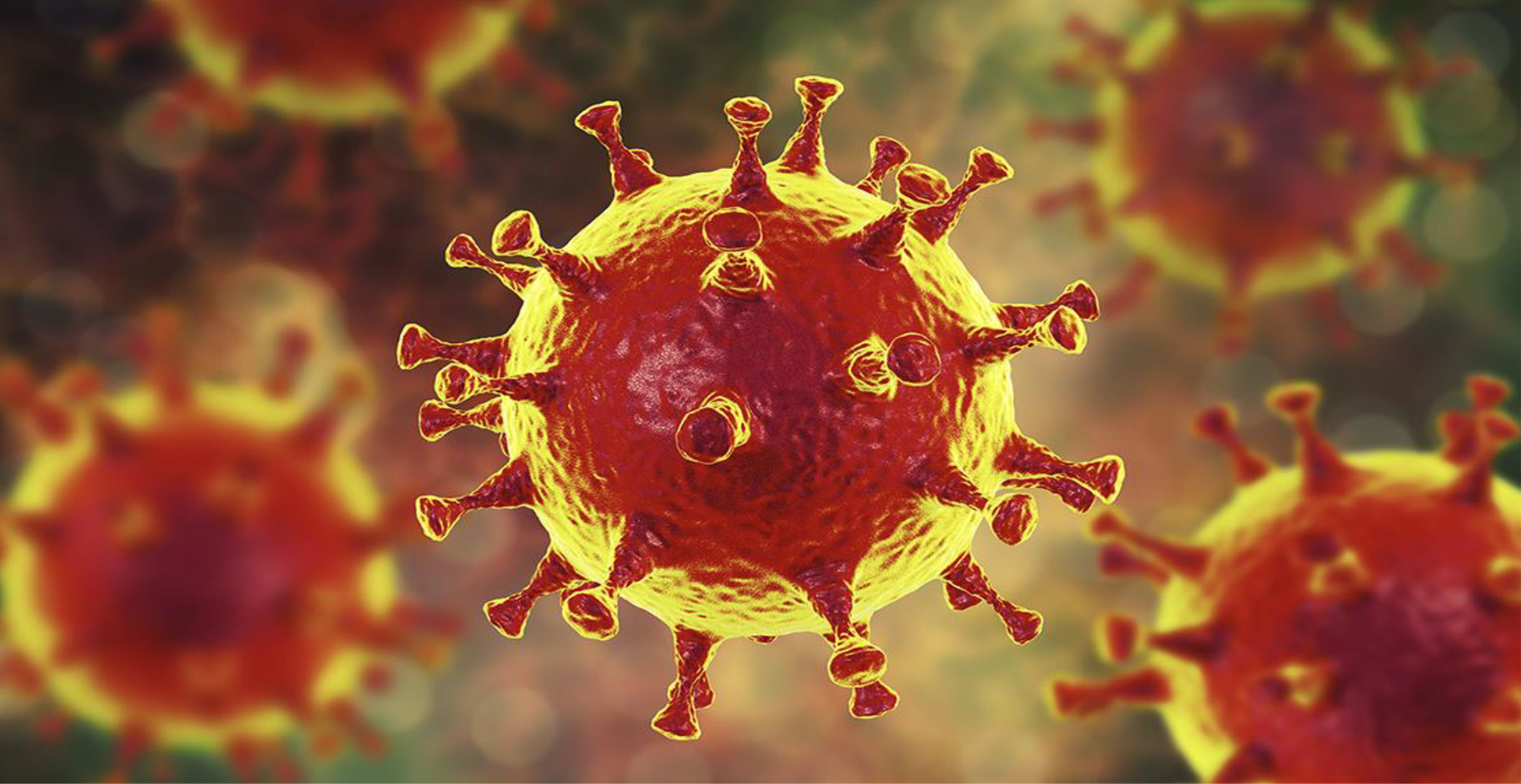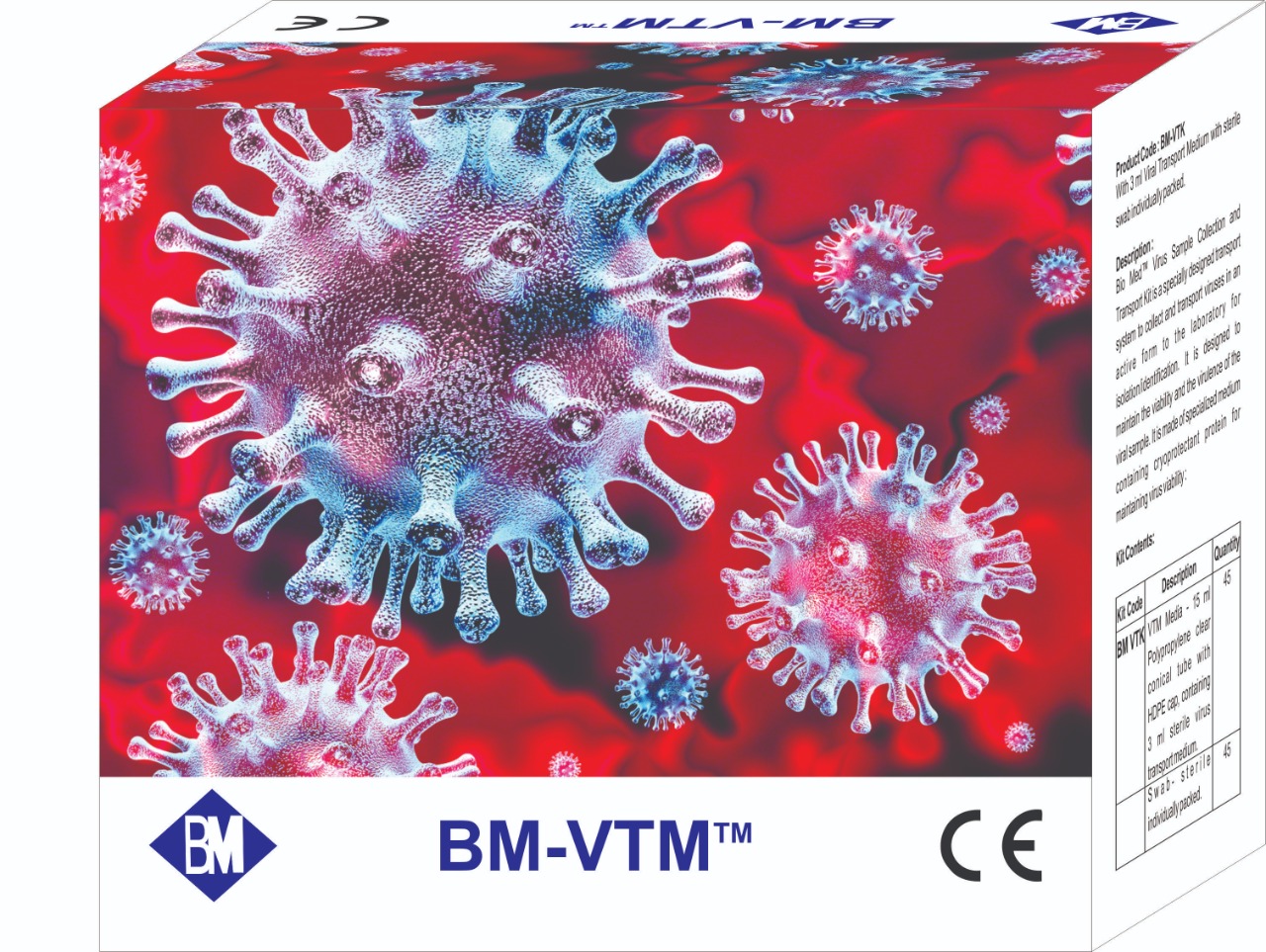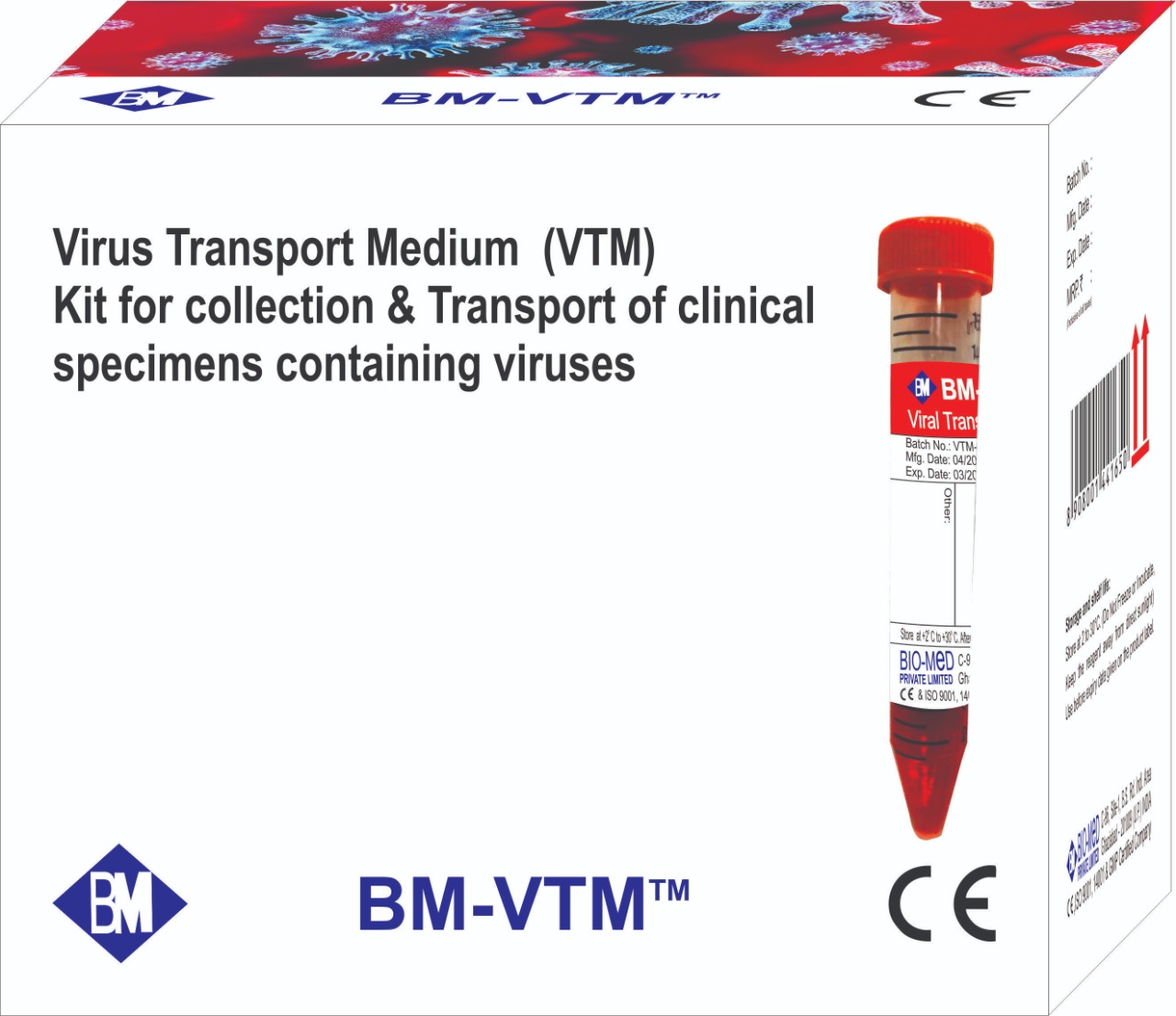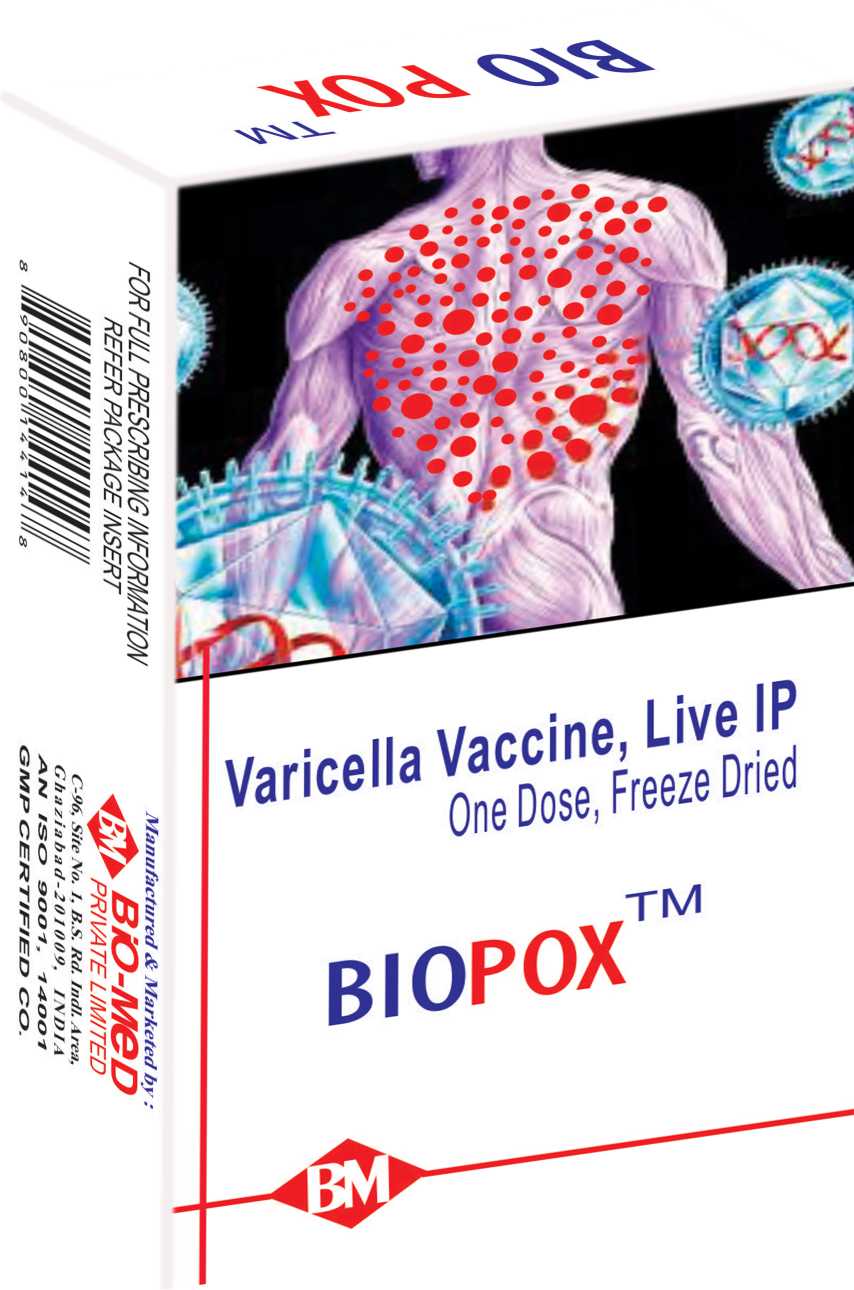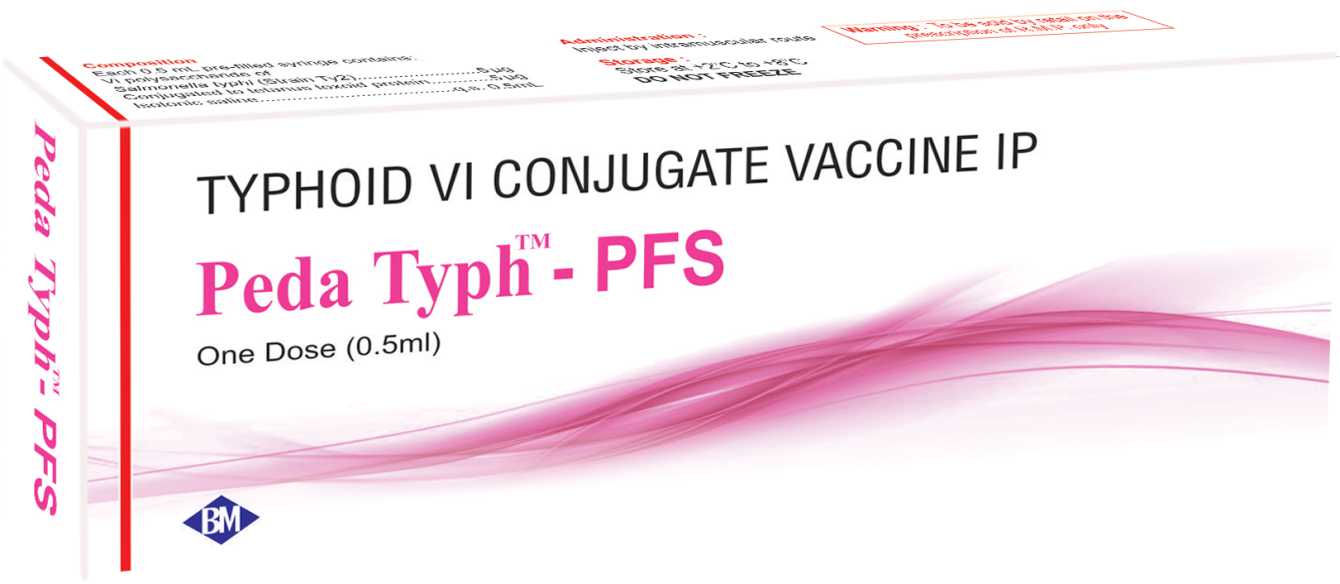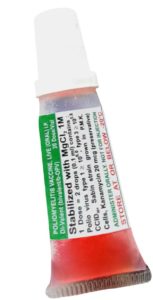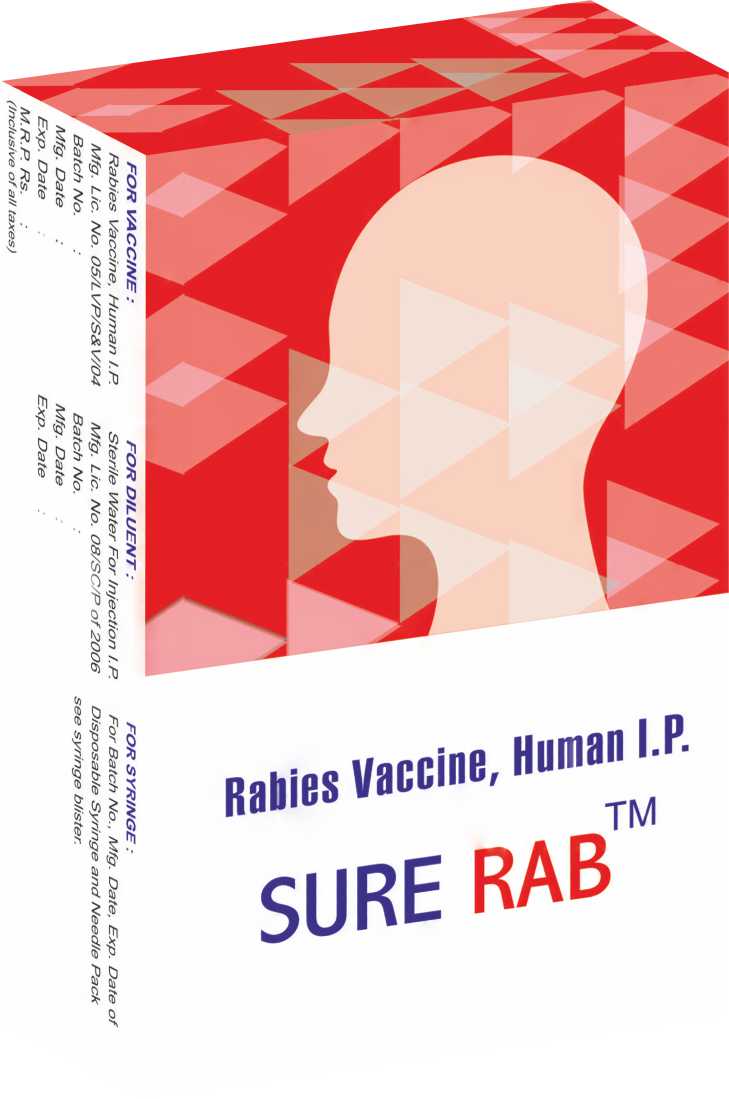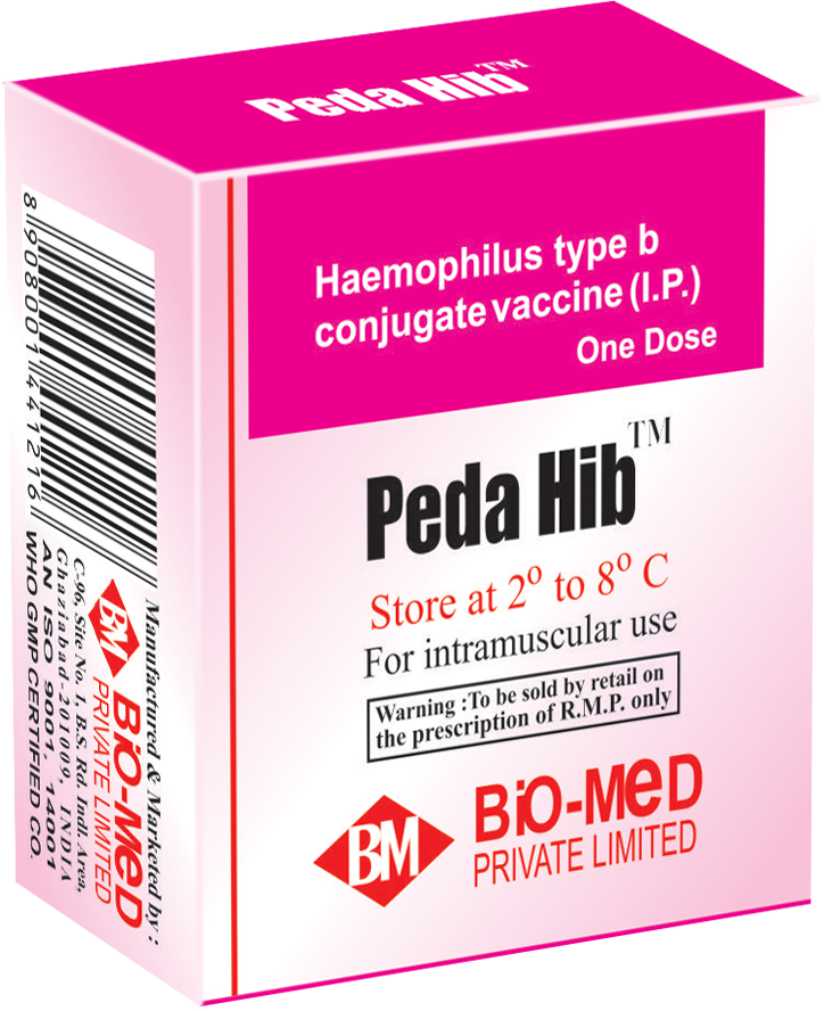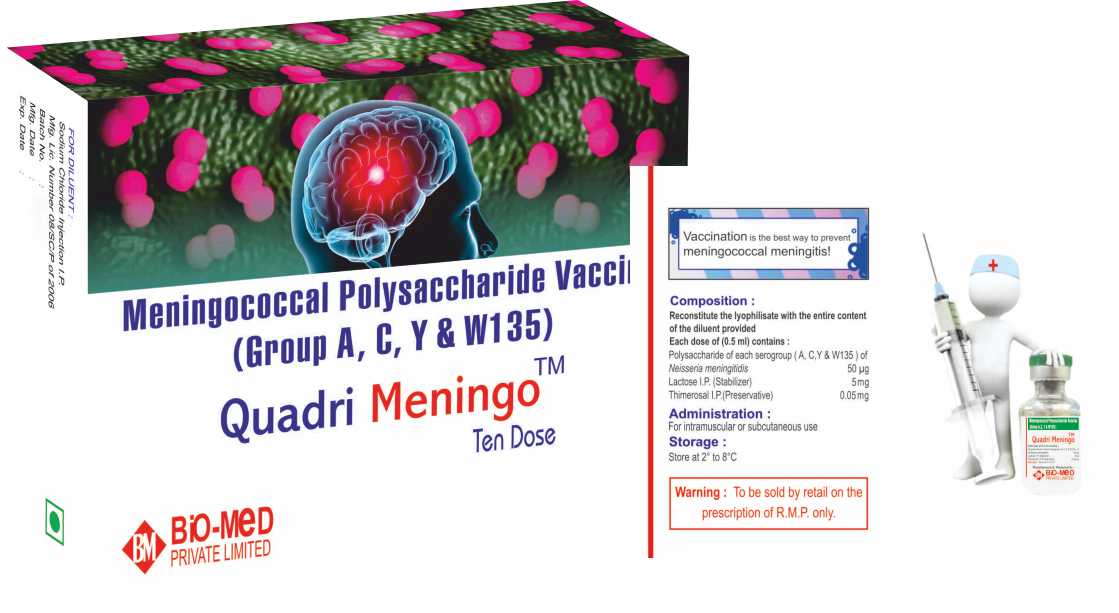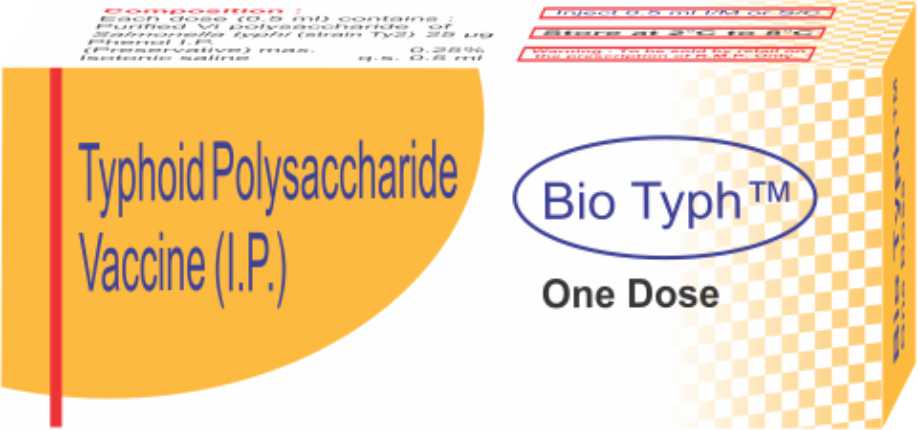Isopropyl Rubbing Alcohol I.P.(skin disinfectant)
Instantly Kills – 99.9% Virus & Bacteria (without water)
Assured Protection
Skin Disinfectant
70% Isopropyl Alcohol I.P.
Isopropyl Rubbing Alcohol I.P.
Ingredients:
Isopropyl Alcohol I.P. 70% V/V
Purified water Q.S.
Indications: Sanitization & Cleansing of hands, Surfaces, Pre injection site, surgical items.
Caution: Keep away from fire or flame and children. In case of contact with eyes, rinse thoroughly with water. In case of irritation discontinue use. Consult a doctor if irritation persists or product is swallowed.
Storage conditions:
Store in a cool, dry place.


